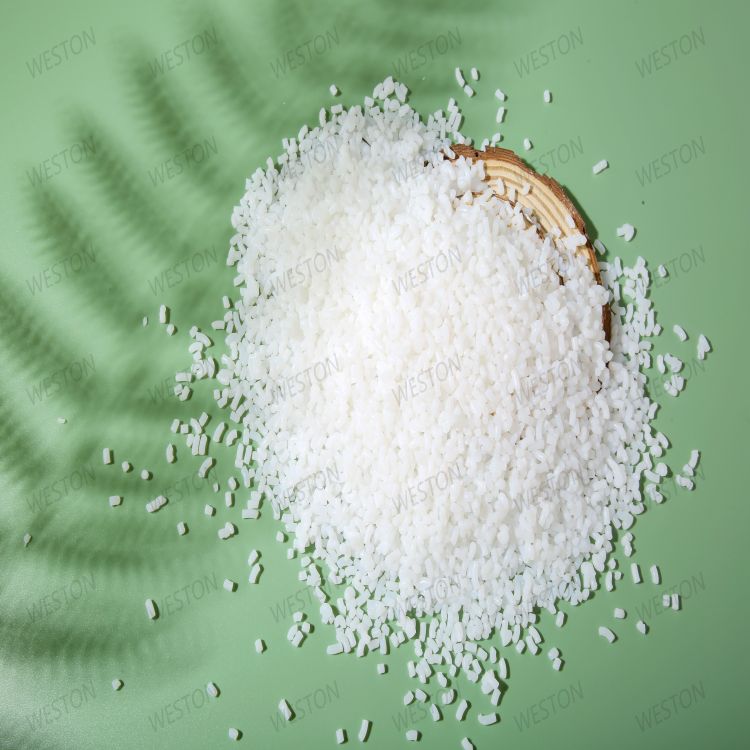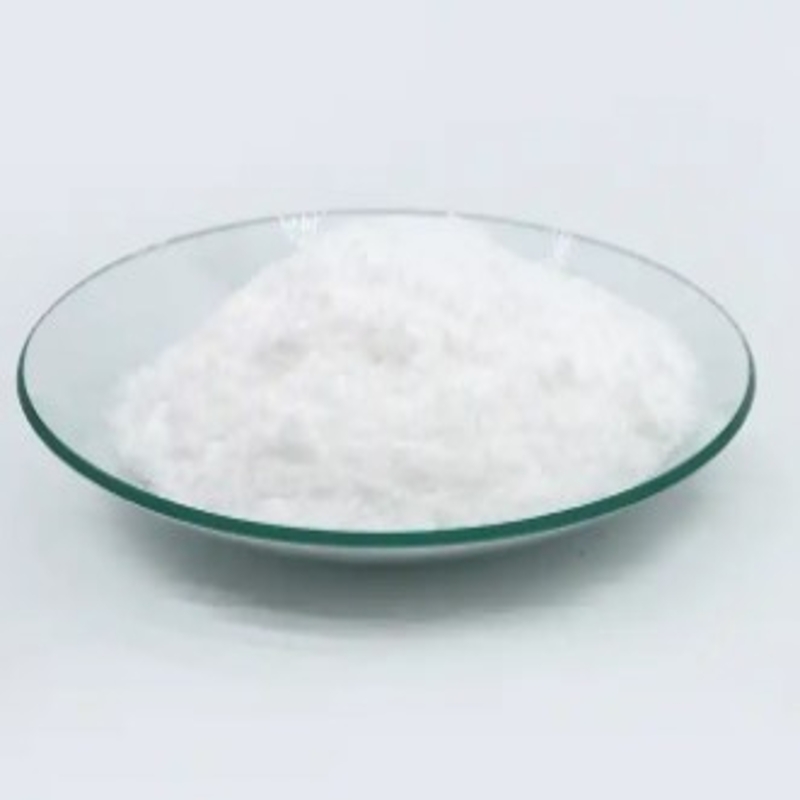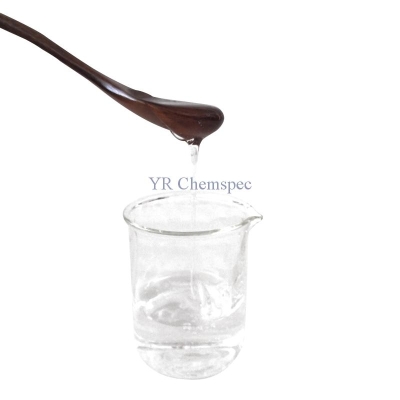-
Categories
-
Pharmaceutical Intermediates
-
Active Pharmaceutical Ingredients
-
Food Additives
- Industrial Coatings
- Agrochemicals
- Dyes and Pigments
- Surfactant
- Flavors and Fragrances
- Chemical Reagents
- Catalyst and Auxiliary
- Natural Products
- Inorganic Chemistry
-
Organic Chemistry
-
Biochemical Engineering
- Analytical Chemistry
- Cosmetic Ingredient
-
Pharmaceutical Intermediates
Promotion
ECHEMI Mall
Wholesale
Weekly Price
Exhibition
News
-
Trade Service
1.
Oxide
The Hg 2+ solution reacts with a strong base to obtain a yellow HgO precipitate
.
Hg 2+ + 2OH - = HgO + H 2 O
Hg(NO 3 ) 2 thermally decomposes to obtain red HgO
.
2Hg(NO 3 ) 2 =2HgO+4NO 2 +O 2
At about 350°C, Hg reacts with O 2 to produce HgO, and the reaction proceeds in the reverse direction above 500°C
.
2Hg+O 2 =2HgO
HgO shows different colors due to different crystal grain sizes, and yellow HgO particles are smaller
.
The thermal stability of HgO is much lower than that of ZnO and CdO
HgO is basic, soluble in acid but not soluble in alkali
.
HgO+2HC1=HgCl 2 +H 2 O
2.
Salt
Mercury nitrate Hg(NO 3 ) 2 and mercury sulfate HgSO 4 are ionic compounds that undergo hydrolysis reaction in water to generate precipitates
.
Therefore, the corresponding acid should be added when preparing Hg(NO 3 ) 2 and HgSO 4 solutions
.
Mercury chloride HgCl 2 (white), a covalent compound, has a low melting point and is easy to sublime.
It is commonly known as mercury and is highly toxic
HgCl 2 +H 2 O=Hg(OH)Cl+HCI
HgI 2 is red at room temperature, and turns yellow after heating, and is hardly soluble in water
.
A proper amount of SnCl 2 can reduce HgCl 2 to Hg 2 Cl 2 precipitation; if SnCl 2 is excessive, Hg 2 Cl 2 will continue to be reduced to metallic mercury
.
The observed phenomenon is that a white precipitate is formed first, then the precipitate gradually turns from white to gray, and finally becomes black
The KI solution was added dropwise to Hg 2+ , and a red HgI 2 precipitate was first produced , and the precipitate was dissolved in the excess KI to produce colorless [HgI 4 ] 2-
.
The alkaline solution of [HgI 4 ] 2- is called Nessler reagent
.
A small amount of NH 4+ or NH 3 in the solution immediately generates a special red precipitate [Hg 2 ONH 2 ]I when it meets with Nessler's reagent , which is often used to identify NH 4+
The red precipitate should not be written as [Hg 2 NOH 2 ]I, but can be written as [OHg 2 NH 2 ]I
.
Pass H 2 S into the Hg 2+ solution to obtain black HgS (natural cinnabar HgS is red) .
The black HgS can be transformed into a more stable red variant when heated to 386°C .
Mercury sulfide is the least soluble sulfide, insoluble in concentrated nitric acid , but soluble in aqua regia, excessive concentrated Na 2 S or excessive acidic KI solution
3.
Coordination Compound
Hg 2+ and the CN - , CF2 - , the I - , the SCN - , NH2 .
3 and the like generated as a colorless tetrahedral coordination ion
.
Due to the large radius of Hg 2+ and the strong polarization ability, the complex formed with the ligand with large deformability is quite stable
.
E.
g
Ammonia water reacts with HgCl 2 and Hg(NO 3 ) 2 solutions to generate white precipitates of mercury ammonium chloride and mercury ammonium nitrate, respectively
.
HgNH 2 CI solubility than HgNH 2 NO .
3 smaller
.
Hg (NH2 2 ) in CI NH2 .
3 -NH .
4 is substantially insoluble in a mixed solution of CI, dissolved in an excess NH2 .
3 -NH .
4 NO .
3 mixed solution; Hg (NH2 2 ) NO .
3 -soluble NH2 .
3 -NH .
4 NO .
3 mixed Solution
.
To HgC1 2 NH was added .
3 -NH .
4 NO .
3 mixed solution with a white precipitate, and the Hg (NO .
3 ) 2 solution was added NH .
3 -NH .
4 NO .
3 mixed solution no white precipitate, which generates more [ Hg(NH 3 ) 4 ] 2 +
.
Hg (NO to 2 ) 2 KSCN was added, prior white precipitate formed, the precipitate was dissolved in a solution of excess KSCN to give a colorless solution which case a Zn 2+ white precipitate, in case of Co 2+ to form a blue precipitate
.







